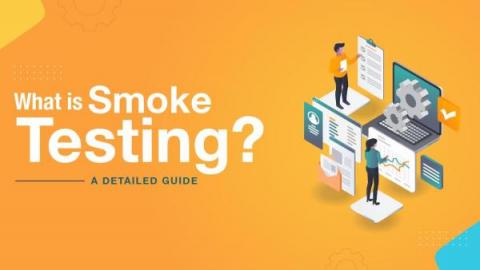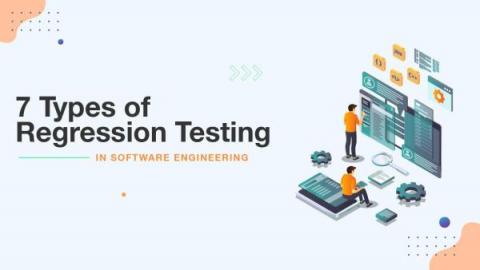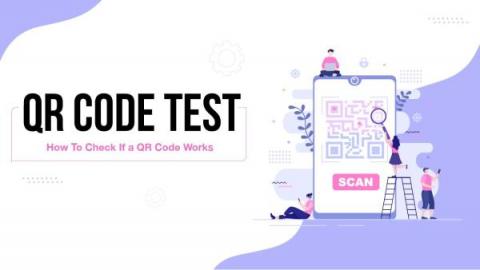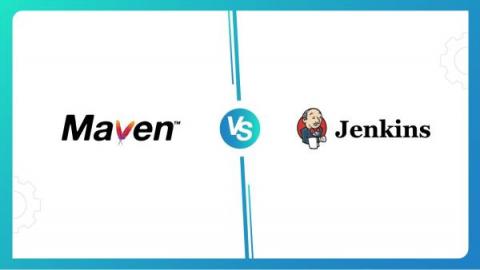BDD vs TDD vs ATDD: Key Differences
The software development process involves the use of a myriad of tools, languages, and frameworks. Typically, software developers don’t encounter difficulty while writing the code. But what seems challenging to them is how to address various test cases, determine the code to write, and predict the user’s requirements. These difficulties can be alleviated by writing easy-to-understand tests that provide a developer with a set of precise criteria to fulfil.











